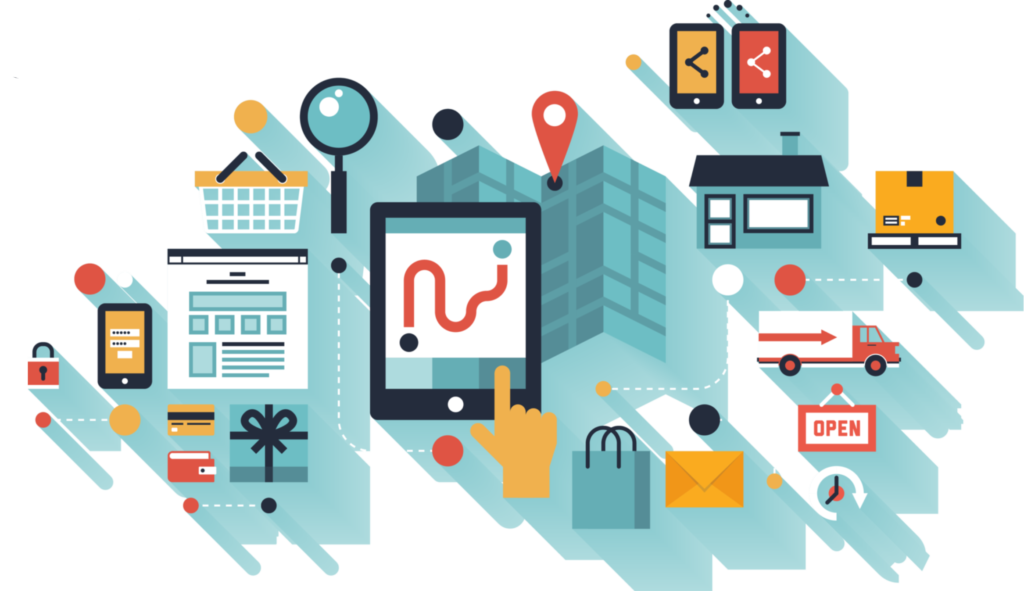
Technology has brought a paradigm shift in Supply Chain management and logistics. The new business processes and great innovations have changed the flow of goods from the manufacturers, retailers or wholesalers until it gets to the customers. The face of logistics and supply chain management have been hugely impacted by innovations in communication technology, information technology and the transformation of identification technology from manual to an automatic one. The improvement in efficiency, reduction of costs, increased competitiveness and changes in strategies have changed in today’s business.
The impacts of communication technology
Technology has greatly enhanced logistics through innovations in communication technology. Adoption and development of communication technology have led the adoption of emerging technologies such as Electronic Data Interchange, Very Small Aperture Terminals (VSAT), Geographical Positioning System (GPS), and Automated Guided Vehicle System (AGVS) has led to various advantages such as:
• Improved customer relations creating entry barriers
• Speedy transactions
• Reduction in order cycle
• Real-time interactions such that customers and trucking companies can instantly locate the position of the delivery
• Elimination of some human warehouse operations that reduces costs
• Improved efficiency and reliability of logistics systems
• It has enhanced the supply chain management through improved accuracy, increased efficiency and reliability of the logistic system.
Benefits of information technology
Information technology has led to the ease of the analysis and availability of information when needed. Information technology has led to:
• The emergence of e-procurement where online auctions can take place, and there is the establishment of long-term strategic relations between manufacturers, suppliers, and distributors.
• The emergence of collaborative planning, forecasting and replenishment (CPRF) that is crucial for information and financial planning.
• Effective inventory management that leads to proper inventory control
• Better visibility of the movement of inventory due to effective logistics and warehouse management
• Emergence of proactive customer management in place of reactive customer management
Various tools have been adopted such as:
Enterprise Resource Planning (ERP)- ERP is integrated software that contains all business operations. It has led to improved customer response, reduced costs, and improved service levels.
Distribution Requirement Planning – It is a sophisticated IT planning system that controls that leads to an efficient distribution system while consolidating the widespread distribution centers. It contributes to reduced inventory costs, improved inventory visibility, and reduced inventory levels.
Automated Inventory Tracking System – It is a crucial tool for tracking inventory and assists in the optimization of inventory.
Automation has also brought good impacts
There has also been the emergence of the Automatic identification that is crucial for tracking of the goods and trucks giving the ability to estimate the time needed to reach to the customer. Through automation, there is improved accuracy, reduction in costs, increased speeds, convenience in data storage and ease in processing of information. The various automatic identification technologies and their positive impacts include:
Barcoding: The bars are simply the data of items in a coded manner. Data that is printed include material content, the name of the manufacturer and the processing date. Barcoding offers the following benefits:
• Simplifies the identification of the items when storing, retrieving, inspecting and dispatching.
• Minimizes the amount of paperwork required.
• Human error is minimized.
• Enhances the productivity of logistic system through reliability, speed, and accuracy.
RFID (Radio Frequency Identification Tag: This is a form of identification technology that permits non-contact reading. It is efficient in the environment where barcodes cannot be utilized. Major benefits include:
• Enhancing the capability of manufacturers to improve the levels of inventory
• mproving the complicated tracking and distribution activities of services
• Enhancing the logistics and planning operation of a state’s public transport agencies.
• Implementing the automatic collection of toll on a broad network of highways
New technology is inevitable and the far reaching benefits
In the trucking business, lack to embrace new technology that is constantly updated will quickly push you out of business due to stiff competition. Choosing the right technology that properly aligns with the organization’s strategy, infrastructure and policies is a leeway to strategic opportunities and success. It will lead to increased efficiency accompanied by quick delivery.